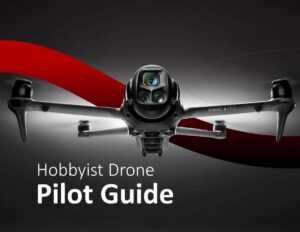Here’s What Data Shows About Drone Flyaways
Share This Post
A decade of data defies conventional wisdom
The white paper reveals that professional UAS operators, who adhere to rigorous training and strict operational procedures, experience flyaways at a rate of approximately 1 in 1,000,000 flight hours. This figure is about 100 times lower than the 1 in 10,000 flight hours assumed by current guidelines based on the SORA 2.5 methodology. Similarly, the probability of a UAS simply leaving its operational area is shown to be closer to 1 in 100,000 flight hours, not the 1 in 1,000 figure often cited.
Data gathered from 37 DCRO members and several large operators, totalling over 1.4 million flight hours, recorded only a single flyaway incident. Complementing these operator figures, DJI’s safety statistics from 5.4 million flight hours indicate an average probability of 1.75e-5 for a UAS departing its designated area. Assuming that only a fraction of these events evolve into full flyaways, the risk aligns closely with the operator data.
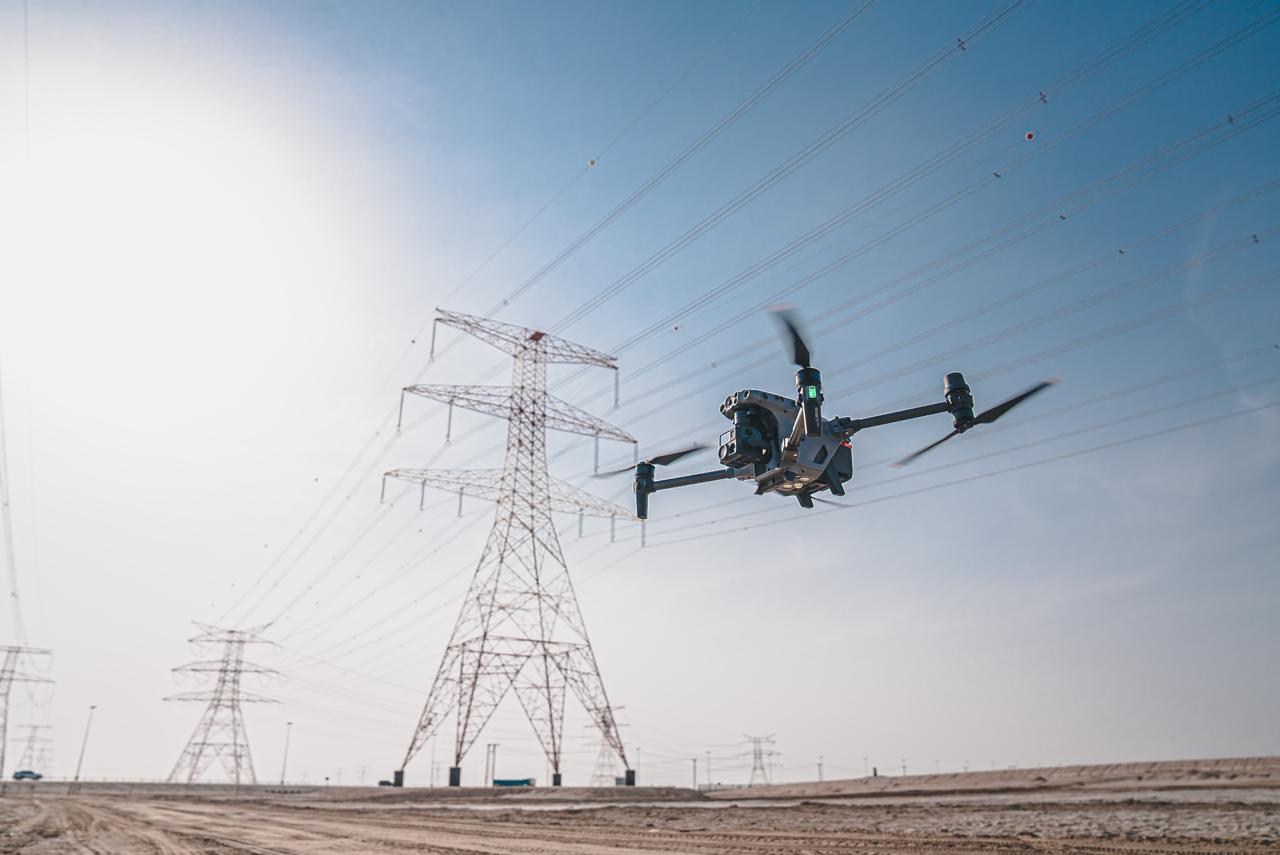
Redefining “Flyaway” and Operational Safety
DCRO’s study carefully distinguishes between a complete flyaway, where a UAS loses control and ends its flight outside the operational volume, and transient loss-of-control incidents, which are quickly corrected by trained professionals. This nuanced approach underscores the exceptional safety record of professional operators, whose adherence to audited procedures and contingency protocols ensures that even when control is momentarily lost, the UAS is recovered before any significant risk materialises.
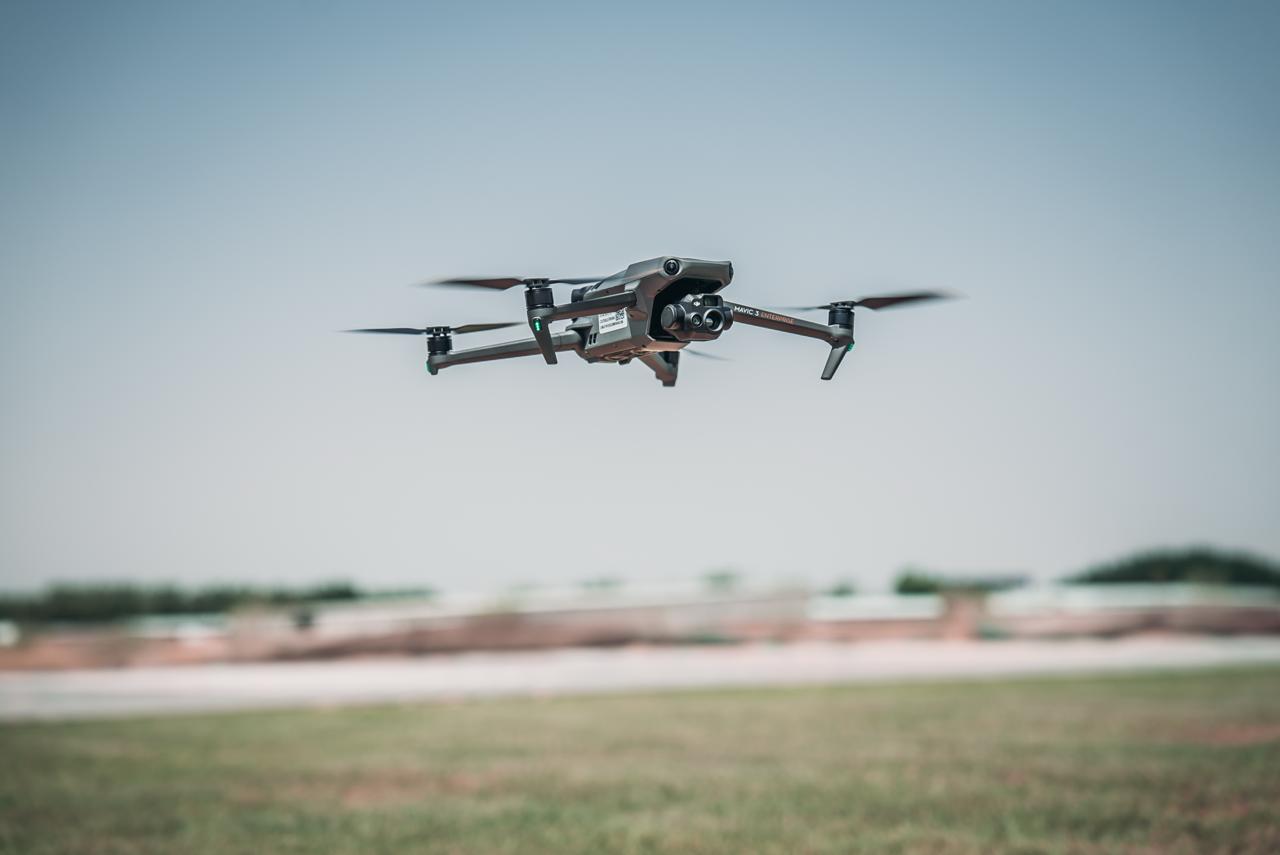
Rethinking Regulatory Requirements
One of the white paper’s most compelling arguments is that current regulatory containment requirements are overly stringent. The updated SORA 2.5 methodology, which factors in adjacent ground risk, mandates high levels of containment (often achieved through costly and sometimes risky Flight Termination Systems, or FTS). DCRO’s data suggests that for operators in the Specific Category, the actual risk of a UAS flyaway causing ground damage is negligible. In fact, the insistence on additional containment measures may not only be unnecessary but could also introduce new hazards, given the potential for FTS malfunctions.
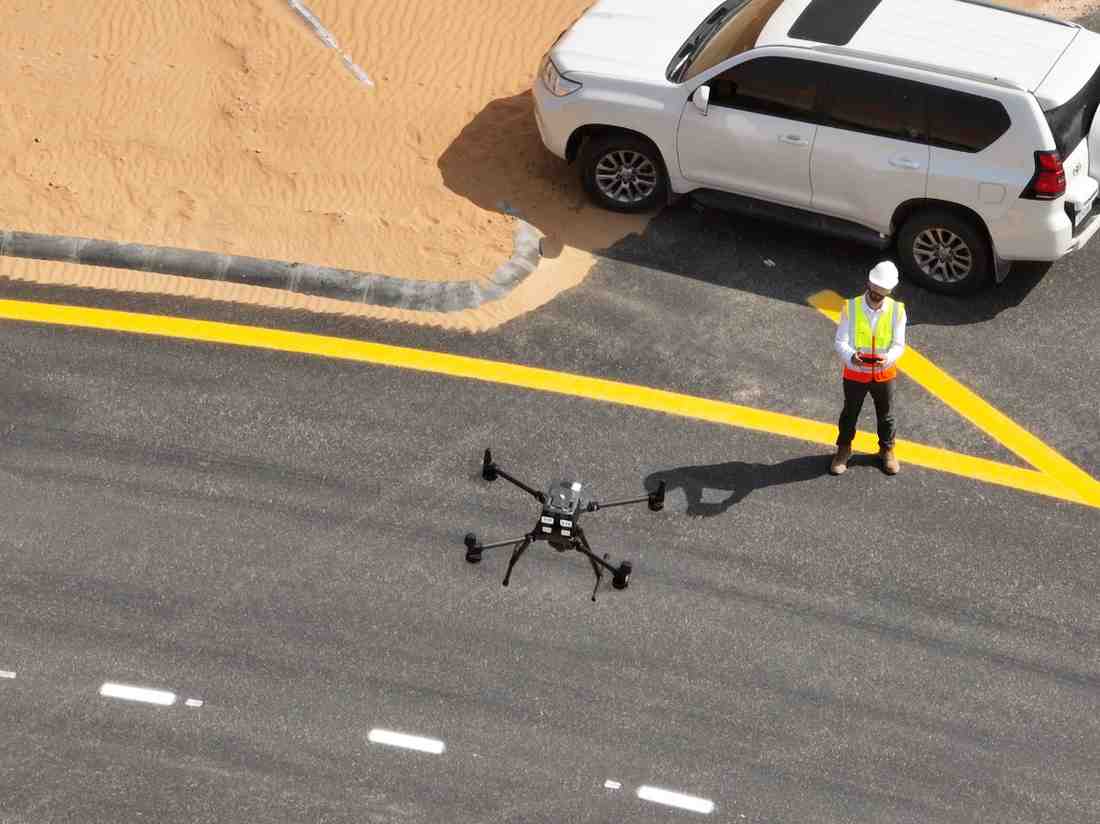
Recommendations for a Data-Driven Future
DCRO is urging EASA and national Civil Aviation Authorities to:
- Standardise Safety Data Collection: Implement mandatory, uniform safety statistics collection across all member states. This initiative should extend beyond flyaway incidents to include crashes, personal injuries, and detailed incident causation analysis.
- Adjust Containment Requirements: Reassess the ground risk evaluations for professional UAS operations, recognising that the empirical data supports a much lower probability of dangerous flyaways than currently assumed.
By embracing these recommendations, regulators can create a more balanced framework, one that prioritises both safety and operational efficiency.
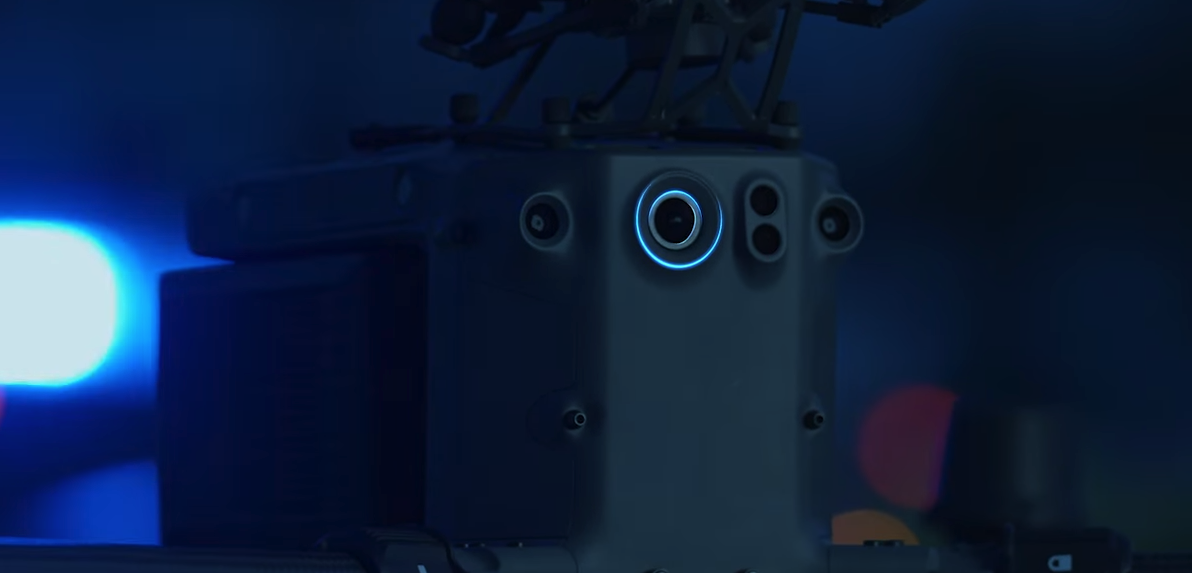
A Call for Industry Collaboration
DCRO’s white paper stands as an invitation to the broader industry: challenge these findings with real, comprehensive data rather than isolated anomalies. As UAS technology continues to mature, safety standards must reflect the true, data-backed performance of professional operations rather than outdated assumptions.
The evidence is clear: professional UAS operations are significantly safer than current regulatory models suggest. By aligning containment requirements with real-world data, the industry can eliminate unnecessary costs and risks, paving the way for more innovative and efficient UAS applications. DCRO’s white paper not only challenges the status quo, it calls for a collaborative, data-driven approach to UAS safety that benefits operators, regulators, and the public alike.
For additional reading click here


